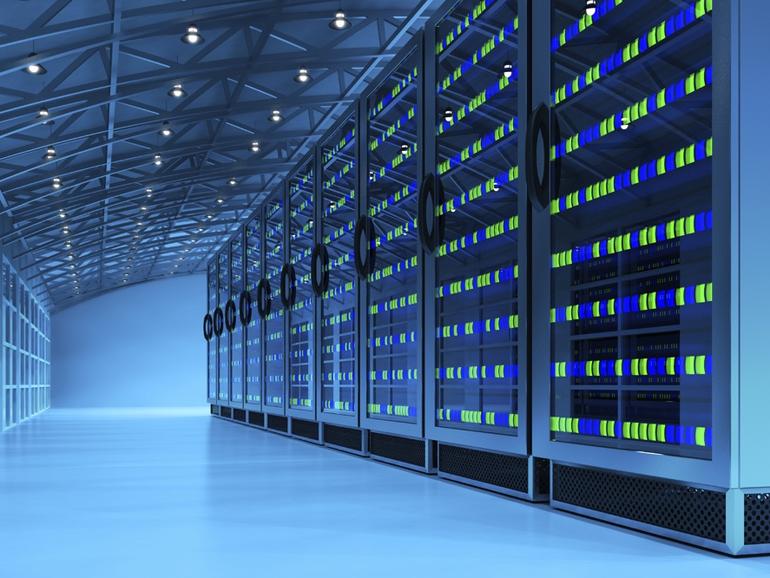There are massive waves of technology upheaval taking place in the marketplace, causing disruption and providing a challenge to technology salespeople who are used to selling in the traditional ways. Cloud, Automation, Mobility, Adaptive Security and the Internet of Things are just a few of the major changes affecting the landscape right now. And while these technologies are certainly challenging in their own right, there is one technology that stands on it’s own, not only in terms of how technology decisions are made, but also how technology is bought.
That technology is Software Defined Networking (SDN). SDN is causing a fundamental shift in the way that technology is procured. There is a major shift away from buying point products and technologies which only meet a specific need and instead looking at the bigger picture with an aim of technology procurement fitting into a larger ecosystem that is providing broader solutions, enabling shorter ROI and better business agility.
Application-Centricity Creates New Stakeholders
The buying process used to be relatively straightforward, and different technology groups within an organization could procure technology within their own silo with little regard to how it fit within the broader ecosystem. Often times, the technology implemented would dictate and limit what applications could be run on it. Now the shift is towards an application-centric buying framework. The overarching driver is that the applications themselves are the driving force behind technology purchases, and these purchases must work in a tightly sophisticated, integrated ecosystem that consists of multiple compute, storage and networking resources. And more often than not, security is also being woven into that fabric as well. No longer can these be looked at as individual elements – furthermore, new tools that are emerging to orchestrate all these resources simultaneously are forcing the siloed buyers of the past to work cohesively with other teams and determine if technology meets the overarching requirements of various applications.
As a result, there are new stakeholders. The new stakeholders are the application architects, the cloud architects, and more commonly the DevOps teams that are responsible for overseeing the collaboration between developers and IT teams. These stakeholders will be responsible for ensuring that technology purchases are able to seamlessly integrate into a fully orchestrated system.
Adapting to the Changing Landscape
By better understanding the changing landscape of the buyer in the broader ecosystem, we must understand that we can no longer sell individual pieces of the puzzle. We must understand the whole puzzle itself and be able to sell the various solutions collectively which answer the needs of the buyers. Understanding that the whole is greater than the sum of all of its parts. Salespeople and technology professionals must be well versed in a diverse range of technologies in order to be able to speak to the technology buyer, with a goal of providing broader solutions that meet the “application-centric” nature that these buyers demand.
Furthermore, as solutions move towards a software-based model, there are implications which need to be understood as increasingly business will being conducted on a “subscription-based” model. This means that we need to understand how to maintain revenue streams in light of the fact that subscription based pricing models and the revenue associated with it are quite different compared to traditional revenue streams.
It also affects the channel in that various channels must come together to deliver solutions to their customers that integrate cohesively in a much larger framework. It’s no longer acceptable to simply deploy gear based on “speeds and feeds”. The channel needs to demonstrate that their solutions work cohesively in a larger ecosystem, and demonstrate that they have strong partnerships to meet these needs. These partnerships are going to be increasingly important as customers tie together components from multiple vendors and expect a seamless, integrated and highly orchestrated ecosystem.
In order to capitalize on this changing landscape and maintain revenue streams, a different approach needs to be taken with customers. First off will be identifying the new stakeholders. Once the stakeholders are identified, they will need to be approached with an overarching vision of their business problems and needs, with a focus on the broader solutions encompassing a diverse set of technologies that need to work cohesively. The successful technology salesperson of tomorrow will assist their customers by showing them fully orchestrated solutions that meet their needs while at the same time driving down costs, enabling them to be more agile and accomplish more in a shorter time.
